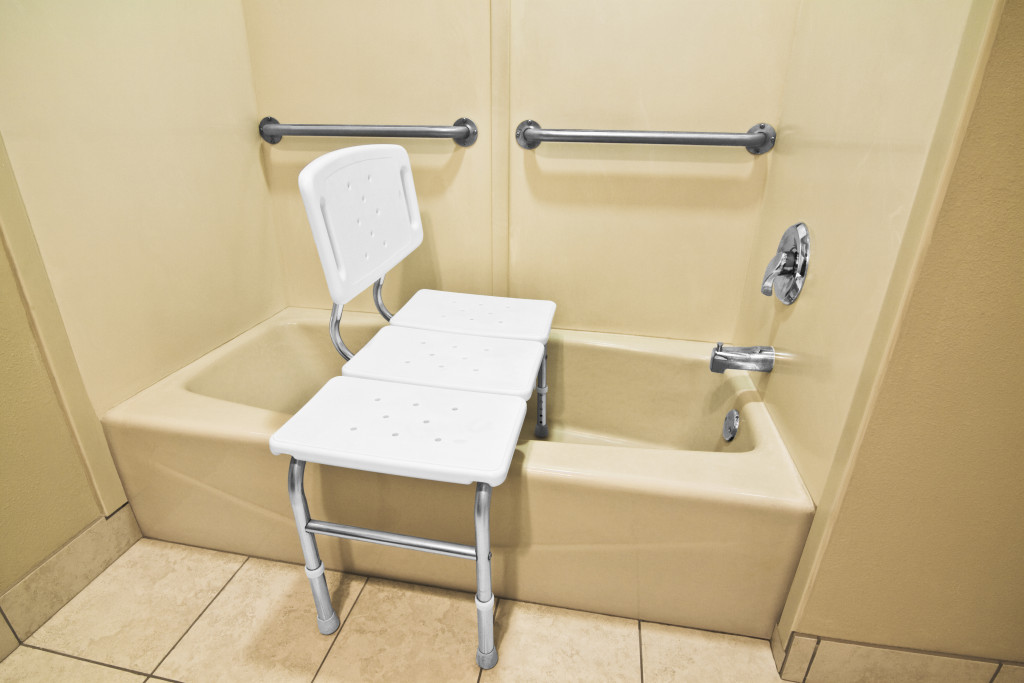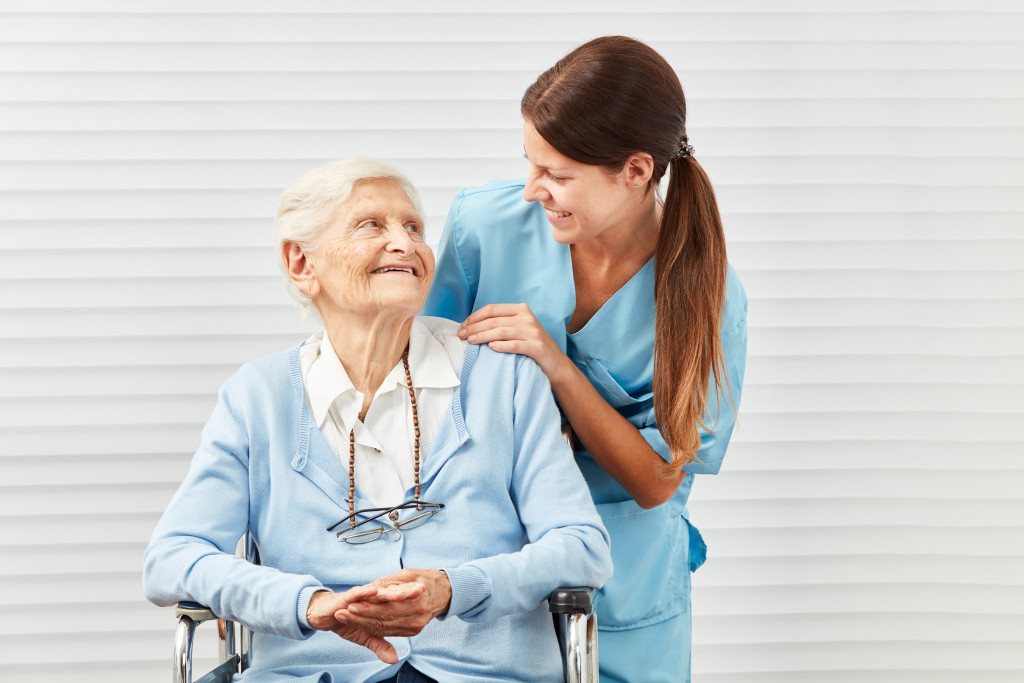- Physical therapy can improve seniors’ physical, emotional, and mental health.
- Home adaptations, such as grab bars and ramps, can make it easier for seniors to navigate their homes.
- Exercise routines like walking, yoga, or strength training can help improve seniors’ mobility and strength.
- Eating a nutritious diet can help seniors maintain their health and mobility.
- Encouraging social activities can help reduce loneliness and social isolation.
As people age, the body changes, and mobility can become a significant issue. The impact on seniors can be physical, emotional, and financial, but they can continue to live healthy and fulfilling lives with proper support and guidance. If you’re a caregiver for a senior with mobility issues, knowing how to help them stay healthy and active is essential.
This blog post will share some caregiving tips to assist seniors in maintaining their mobility and independence.
1. Physical Therapy:
Physical therapy can be a very effective way for seniors to improve their mobility, strength, and balance. As a caregiver, encourage them to attend physical therapy sessions regularly and work with their therapists to develop a plan to help them achieve their mobility goals. Seniors who engage in physical therapy can experience significant improvements to their overall well-being, including better mental health, less depression, and improved circulation.

2. Home Adaptations:
Another crucial aspect of helping seniors with mobility issues live healthy lives is adapting their homes to be more accommodating. You can install grab bars, non-slip flooring, and ramps to make it easier for seniors to navigate their homes safely and comfortably. Additionally, many products on the market can assist seniors with mobility issues, such as walkers, canes, and stairlifts. As a caregiver, you can work with a professional contractor to identify areas of the home that can be improved and then make these adaptations as soon as possible.
But if you’re caring for a senior who needs more than just home adaptations, consider looking into assisted living. Senior assisted living communities provide a safe and secure environment with access to medical personnel, recreational activities, and social support. These spaces can provide seniors with professional support to remain independent and healthy.
3. Exercise Routine:
It is essential to encourage seniors to engage in physical activities that can help them improve their mobility. Exercise can help seniors build their strength and balance and reduce the risk of falls. Depending on their physical abilities, recommend various exercises they can engage in. Here are some ideas:
a. Walking
If seniors can walk, you can help them develop a daily walking plan that fits their needs and abilities. The more they can walk, the more likely they will increase their mobility and strength.
b. Yoga or Pilates
Yoga and Pilates are great ways to increase flexibility and improve balance. Consider having a certified yoga or Pilates instructor come to the senior’s home for personalized instruction.
c. Swimming
Some seniors struggle with balance and joint pain, but swimming can help them move more freely in the water. Swimming is also great for maintaining cardiovascular health and building strength.
d. Strength Training
Strength training can improve strength, balance, and coordination. You can also consult a physical therapist to get personalized exercises suitable for seniors.

4. Nutritious Diet:
In addition to physical activity, a balanced and nutritious diet is crucial to the health of seniors with mobility issues. Encourage them to eat foods rich in vitamins and minerals and avoid processed foods high in salt and sugar. A diet rich in fruits, vegetables, whole grains, and lean protein sources can help seniors build and maintain their strength and mobility. While it can be difficult to get seniors to change their eating habits, making small changes, like substituting unhealthy snacks with healthier options, can make a big difference.
You should also pay attention to food allergies and dietary restrictions. Many seniors are sensitive to certain foods, so ensure you understand their needs and provide them with the necessary nutrients. Contact a nutritionist who can help you create a customized meal plan that meets the senior’s needs.
5. Social Activities:
Loneliness and social isolation are prevalent among seniors with mobility issues, so as a caregiver, it’s essential to encourage them to engage in social activities. These can include attending community events, joining a seniors group or club, and spending time with friends and family. Social activities can help seniors maintain their mental health and stay connected to their community.
Helping seniors with mobility issues live healthy lives is a top priority as a caregiver. Supporting seniors’ physical, emotional, and social well-being can make all the difference in their quality of life. By encouraging physical therapy, making home adaptations, prioritizing exercise, promoting a nutritious diet, and fostering social activities, you can support seniors in achieving their mobility goals, maintaining their independence, and staying healthy for years.


